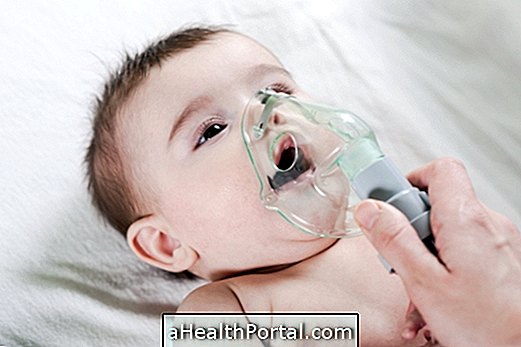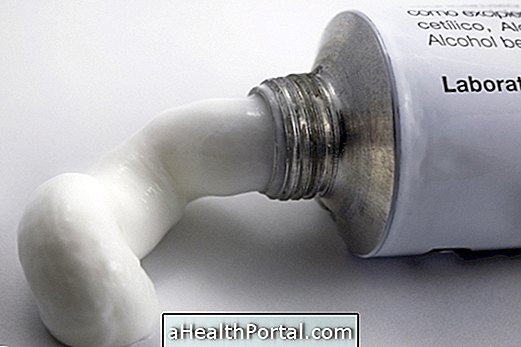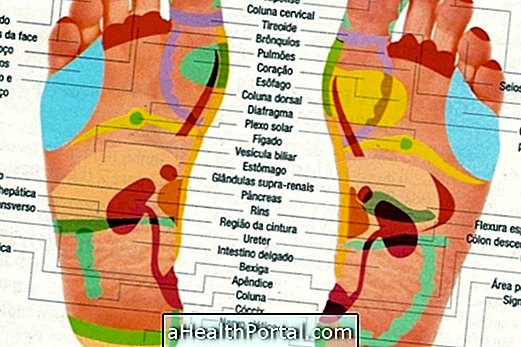Treatment for lung water, known scientifically as pulmonary edema, should be done as soon as possible in the hospital to maintain adequate oxygen levels and avoid serious complications such as respiratory arrest or failure of vital organs.
Since the lungs are filled with fluid and can not absorb enough oxygen, treatment should be started by supplying large amounts of oxygen through a face mask.
After that, in order to remove the oxygen mask and allow the person to breathe normally, diuretic medicines such as Furosemide, which eliminate excess fluid through the urine, are allowed to re-fill air.
When this problem is causing too much difficulty breathing or intense pain, the doctor can still use morphine injections directly into the vein to make the patient more comfortable during treatment.

How to prevent it from happening again
When symptoms are controlled and oxygen levels in the body are balanced, it is important to identify which problem is causing fluid accumulation in the lungs, because if this problem is not treated, the symptoms of water in the lung may return.
In most cases, water in the lung arises due to an untreated heart problem, such as heart failure, but nervous system problems or lung infections can also lead to fluid accumulation in the lung. Know the main causes of water in the lung.
Depending on the cause, the pulmonologist may also use other medications such as:
- Heart medicines, such as nitroglycerin: relieves pressure on the heart arteries, improving their functioning and preventing blood from accumulating in the lungs;
- High blood pressure medicines, such as Captopril: reduce blood pressure, making it easier for the heart to work and preventing fluid buildup.
When the cause of pulmonary edema is already known from the outset in people who have heart problems for a few years, for example, treatment can be done with these remedies from the outset to speed the elimination of excess fluids.
However, in the case of people who were not diagnosed with a disease until the onset of lung water symptoms, the pulmonologist may refer a cardiologist or other specialist to initiate appropriate treatment of the problem, avoiding a water in the lung.
Physiotherapy for water in the lung
After pulmonary edema, the lungs may lose some of their ability to expand, failing to carry large amounts of air. In this way, the pulmonologist can recommend some respiratory physiotherapy sessions to improve lung capacity and strengthen respiratory muscles, through exercises indicated by a physiotherapist.
These sessions can be done up to 2 times a week for as long as it takes to regain full lung capacity. Learn more about these physiotherapy sessions.
Signs of improvement
Early signs of improvement appear a few minutes or hours after starting treatment and include decreased breathing difficulty, increased oxygen levels, reduced chest pain, and relief of wheezing when breathing.
Signs of worsening
Signs of worsening occur when treatment is not started and include aggravation of symptoms such as drowning sensation, purplish extremities, fainting, and, in more severe cases, respiratory arrest.

























